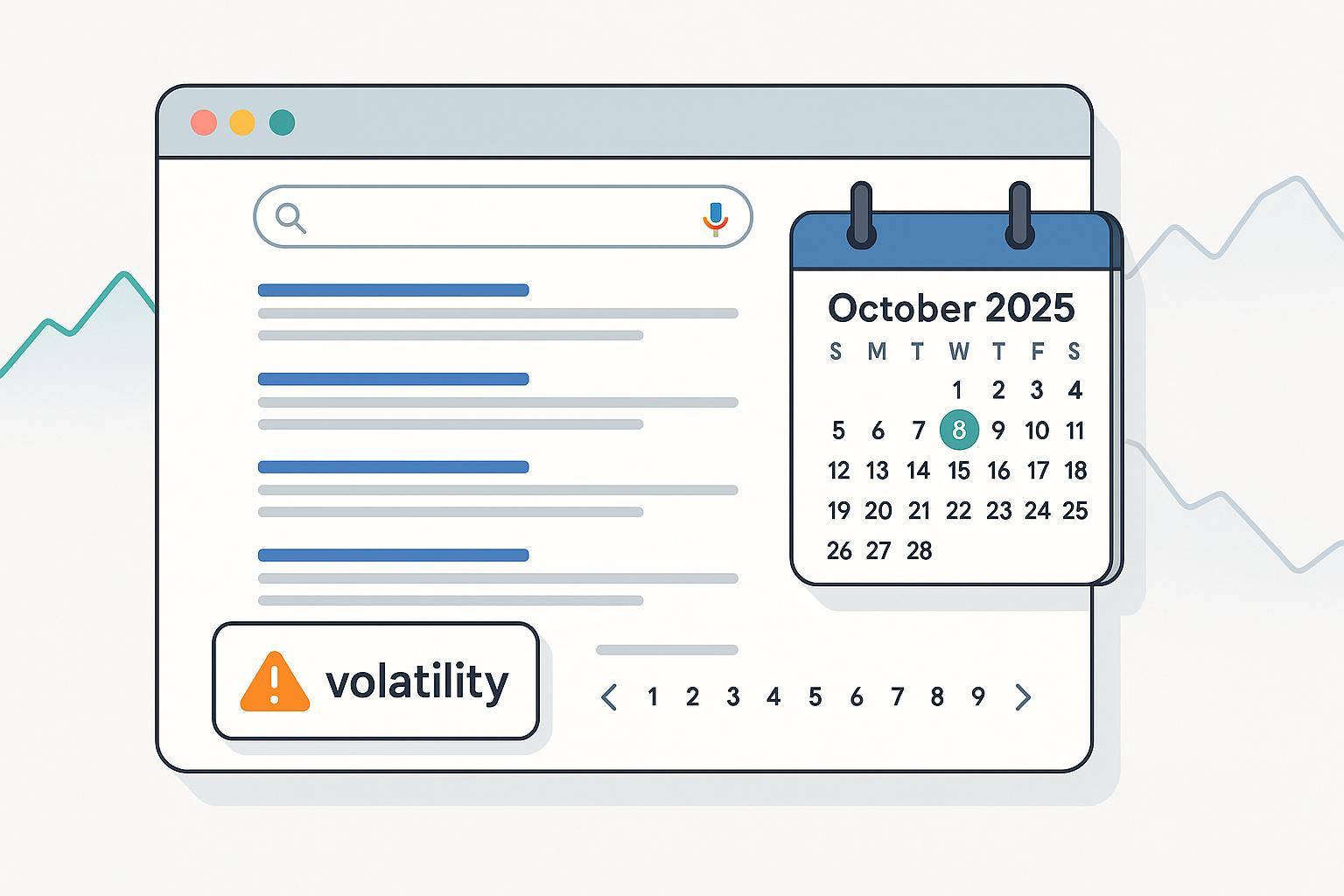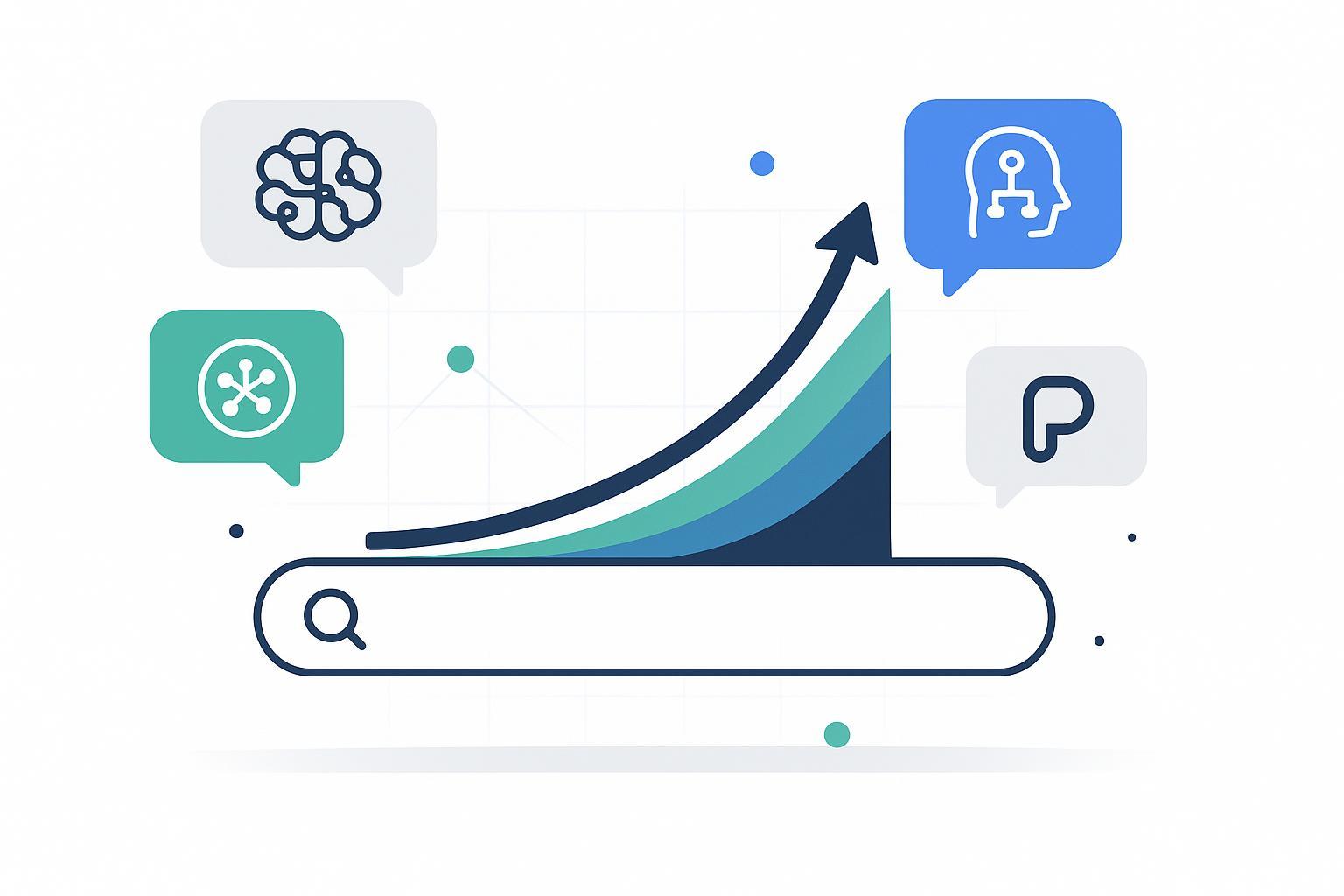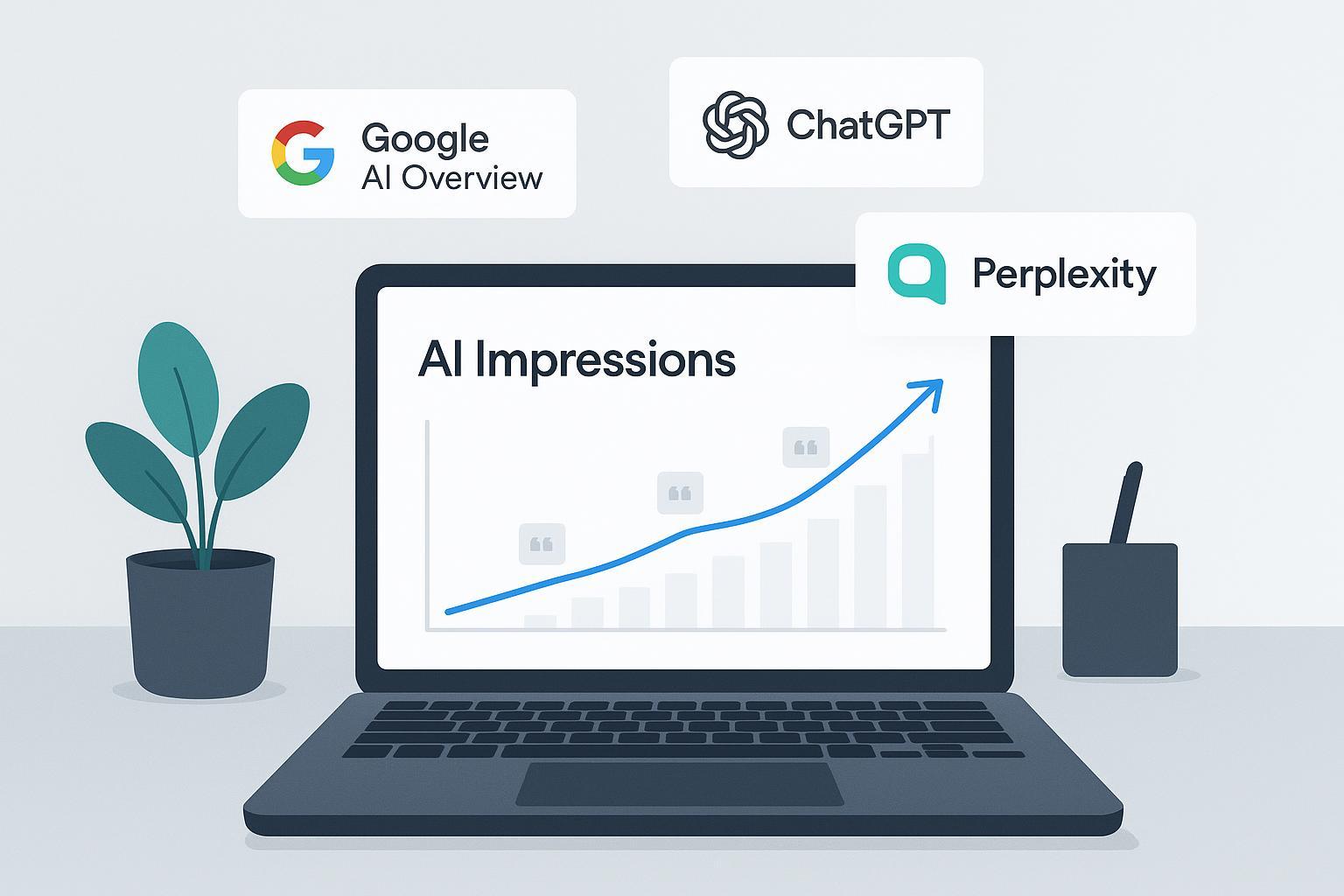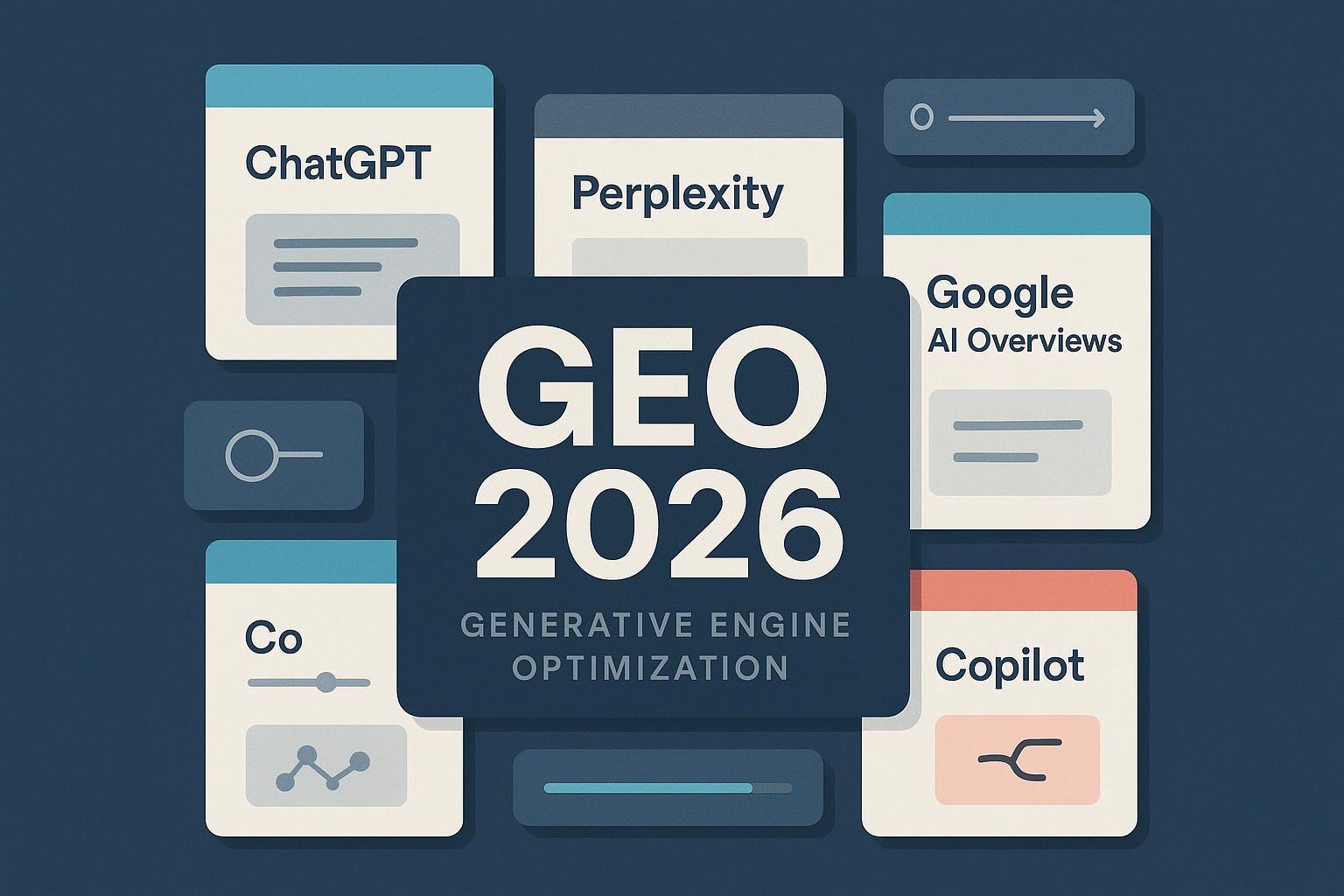Google Algorithm Update October 2025: No Confirmed Change, But SERP & SEO Metrics Shift
No official Google algorithm update in October 2025—see what's actually changed, how SERP caps impact SEO reporting, and strategies to adapt. Read expert action steps!


As of today (October 10, 2025), there is no officially confirmed Google Search ranking update for October 2025. Google’s own indexes show no October announcement, and the latest confirmed ranking updates remain the March 2025 Core and June 2025 Core. That said, two things are very real right now: a technical SERP shift that limits pages to 10 results and a burst of early‑October volatility.
This article explains what’s confirmed, what’s actually moving, and a pragmatic response plan teams can use to diagnose, measure, and adapt without overreacting.
What’s confirmed: 2025 update timeline (through October 10)
- March 2025 Core Update — listed on Google’s Search Status Dashboard with rollout completion on March 27, 2025. See the official entry in the Google status incident: March 2025 Core page.
- June 2025 Core Update — listed on the Search Status Dashboard with rollout June 30–July 17, 2025. Details are on the Google status incident: June 2025 Core page.
- August 2025 Spam Update — widely covered by industry media; Search Engine Land reported rollout completion on September 22, 2025 in their Search Engine Land: August 2025 spam update completion coverage.
As of today, Google has not posted an October 2025 ranking update on the official indices. You can confirm the absence of an October entry by checking the Google Search Central blog index, which lists ranking updates and guidance chronologically.
Bottom line: volatility does not equal a confirmed algorithm update. Treat any “October core” chatter as unconfirmed unless and until Google posts it to their official channels.
What actually changed in September–October
- Google removed the “&num=100” parameter in mid‑September, effectively capping each SERP page at 10 results. Industry analysis published on September 18, 2025 shows substantial measurement impacts, summarized in Search Engine Land’s num=100 impact analysis (2025).
- Early October brought visible rank turbulence. On October 9, 2025, SERoundtable documented elevated fluctuations in their roundup, noting volatility around October 7–8; see SERoundtable’s October 7–8 volatility recap (2025).
Why this matters for your KPIs:
- Rank tracking tools that relied on 100‑result pages now need pagination to collect deeper positions, increasing latency and cost. Some vendors temporarily show fewer tracked keywords or bucket deeper results as “20+.”
- Apparent declines in “tracked keywords” or deep‑SERP positions may reflect instrumentation change rather than true ranking loss. Your measurement model must adapt accordingly.
24–48 hour diagnostic triage
When rankings wobble without an official announcement, run a short, disciplined triage to separate signal from noise:
-
Verify the status
- Check Google’s official channels (takes five minutes): Search Status Dashboard entries for the year, and the Search Central blog/news index. Confirm there’s still no October ranking update listed. Use the Google Search Central blog index and the two 2025 core incident pages: March core (2025) and June core (2025).
-
Quantify the impact
- Segment by template (product vs. category vs. article), directory, and intent cluster (transactional, commercial, informational). Identify which clusters moved and when.
- Map timing against known events: June Core and August Spam timelines, plus the mid‑September &num=100 removal.
-
Rule out technical regressions
- Review crawl stats, indexing coverage, server error rates, Core Web Vitals regressions, and deploy logs for the affected dates.
-
Evaluate page quality and intent alignment
- For declining URLs, assess task completion, information gain, clarity of expertise, and freshness. Consolidate duplicative content; upgrade thin pages with evidence, data, and clearer author accountability.
Modernize measurement for a 10‑result SERP reality
Classic deep‑SERP positional tracking is less reliable and more expensive post‑&num=100. Shift your reporting to metrics that better reflect real visibility and demand:
- Page‑1 presence share: What percentage of your tracked queries land you on page 1?
- Clicks, impressions, and CTR: Anchor progress to query‑level data from GSC and session‑level outcomes in GA4.
- Branded vs. non‑branded mix: Watch demand composition as volatility and AI surfaces evolve.
- AI answer‑engine visibility and sentiment: Track how generative engines cite (or omit) your brand across Google’s AI Overviews, ChatGPT, and Perplexity.
Practical example (tooling)
- In addition to GA4 and GSC, teams can monitor AI answer‑engine visibility and sentiment. For instance, Geneo can be used to track how your brand appears across ChatGPT, Perplexity, and Google AI Overviews, and to log shifts in citations over time. Disclosure: Geneo is our product.
How to implement in your weekly reports
- Define a representative cohort of queries per intent cluster (e.g., 50–150 terms) and track page‑1 presence share weekly.
- Add an “AI citations” section listing new inclusions/exclusions across engines, sentiment shifts, and examples. For tactics that help earn inclusion, see this guide on driving AI search citations through Reddit communities.
- Capture a snapshot example of cross‑engine visibility each month. If you need a visual reference for format only, see our query report layout, such as this example on GPU shortage price trends 2025 (illustrative example; outcomes vary by topic/brand).
Two‑week remediation sprints
Focus on the pages and clusters that matter most to customers and revenue.
-
Content refresh with user tasks in mind
- Enrich declining URLs with clearer problem framing, step‑by‑step solutions, updated FAQs, and evidence density (original data, expert quotes, citations).
-
- Expand expert bylines and author bios, cite credentials, and link to author profiles where appropriate. Add first‑hand experience: screenshots, data tables, methodologies, and limitations.
-
De‑risk link profile post‑Spam update
- Prune toxic/referral spam patterns and cease manipulative acquisition tactics that August 2025 targeted. Re‑center on earning links via reference‑worthy resources (original studies, tools, and community engagement).
-
Intent‑aligned internal linking
- Reinforce pathways between supporting content and money pages. Tie FAQs, comparisons, and how‑tos to their parent topics with descriptive anchors.
Monthly governance and what to watch next
-
- Keep a dated record of observed shifts, suspected causes, the checks you ran, and actions taken. This prevents ad‑hoc thrash and helps leadership understand causality over correlation.
-
Cross‑engine visibility checks
- Compare web SERP performance with AI answer‑engine presence monthly. You’ll often spot discovery shifts earlier here than in traffic charts.
-
Monitor official channels first
- Prioritize Google’s indexes for any true update announcements. If an October entry appears later, add a dated addendum and adjust diagnostics accordingly. The canonical places to watch remain the Google Search Central blog index and the Search Status Dashboard entries for the known 2025 core updates: March and June.
-
Keep perspective on the &num=100 aftermath
- Many “drops” since mid‑September reflect measurement changes, not demand collapse. Re‑read the 2025 num=100 impact analysis from Search Engine Land when calibrating expectations with stakeholders.
If you need cross‑engine visibility monitoring as SERP tracking evolves, consider setting up a trial with Geneo to centralize AI answer visibility and sentiment alongside your GA4/GSC stack.
Quick reference: sources cited
-
Google official updates and indices
- March 2025 Core Update (Search Status Dashboard): Google status incident — March 2025 Core
- June 2025 Core Update (Search Status Dashboard): Google status incident — June 2025 Core
- Index of ranking updates/guidance: Google Search Central blog index (2025)
-
Industry corroboration
- August 2025 Spam Update completion: Search Engine Land report (2025)
- “num=100” removal impact: Search Engine Land analysis (2025)
- Early‑October volatility: SERoundtable recap (Oct 9, 2025)





